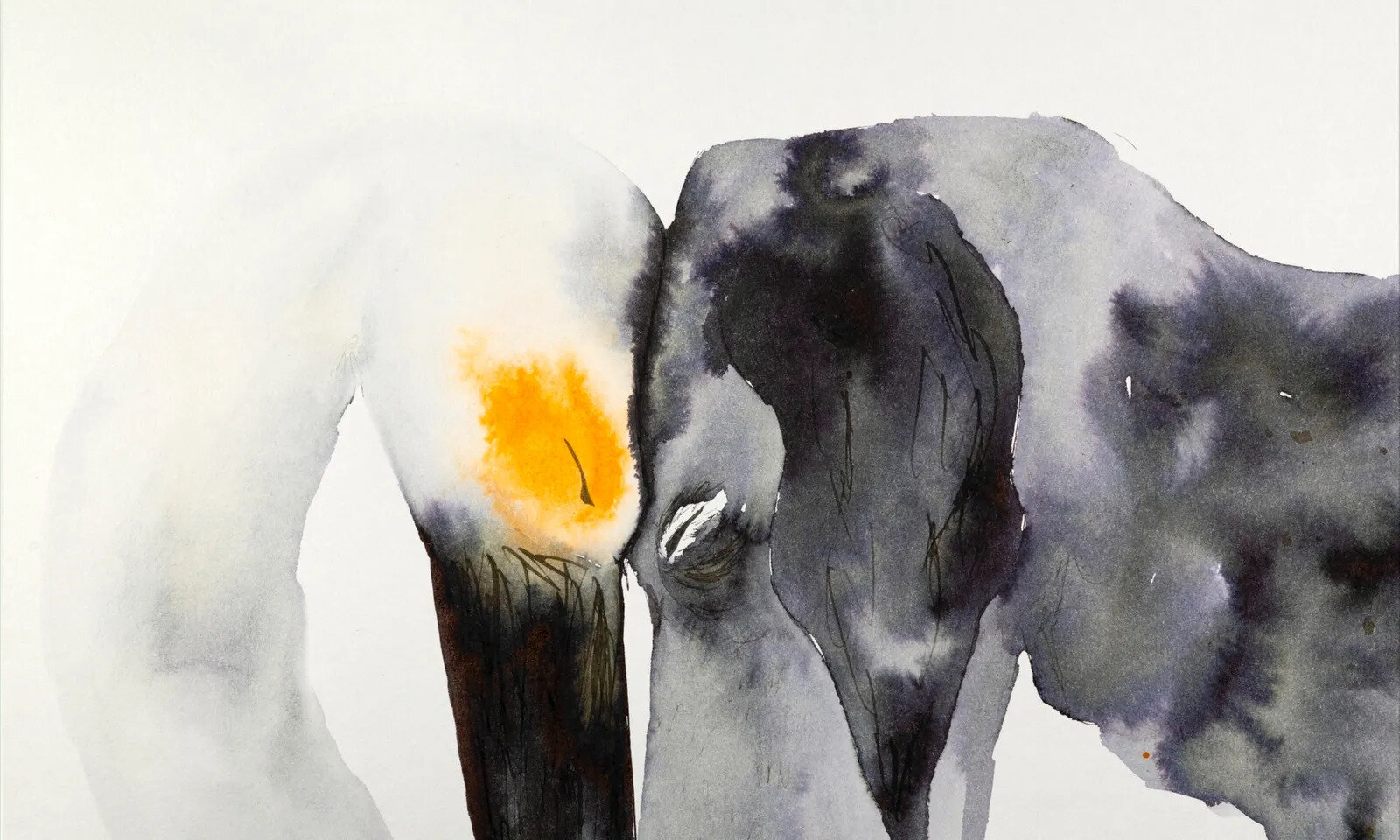La Perra: Mother Knows Best?
By Laura MC
Incredible moving dialogue can be part of what makes a film outstanding. When it comes to short films specifically, it takes rigour and patience to show the narrative you want to demonstrate to the audience without the luxury of a 90-minute run time. Colombian filmmaker Carla Melo Gampert proves that all you need is an engaging plot, the right sound to set the ambience, and a top-notch animation team to make the audience want to run home and hug their dogs (and mothers, but I don’t want to sound biased). Melo Gampert’s short film La Perra takes place in Bogotá, a city of opportunities and active lifestyles in Colombia, inhabited by many animal species such as our main character, a bird-girl.
The word ‘perra’ in Spanish means two things: a female dog and what we colloquially know as a bitch. In La Perra, we can technically see both—the main character’s dog, who becomes her best friend, and by the looks of it, her mother, who leaves her daughter behind to have sex with a man. Is this what makes her mother a bitch? This film depicts what it’s like being a mother, being a daughter, and particularly, being a woman.
A daughter’s experience does not differ much from the experience of motherhood; ideally speaking, both parties rely on each other so that they can thrive. After her parents separated, our lead clings to her mother, desperately seeking the love and support she thought she would have now that they only have each other. But a parental figure is meant to set an example for their child, so when the mother grabs a random stray dog to accompany her daughter, the girl realises it’s her furry friend and her against the world. Melo Gampert captures this bond between the girl and her new companion through an incredible transition that shows the bird-girl go from climbing up her mother’s leg to crawling around the field that is the dog’s fur in a satisfying, Ghibli-esque way that makes you almost forget about her mother’s negligence.
The film shows the complexity of a mother and daughter’s relationship without knowing the words they shout because seeing the daughter pull her mother’s beak against the door and vice versa is more than enough. What’s intriguing is what happens at the impact: it looks as if they both turn into dogs, one after the other, with each pull. Into female dogs. Into bitches. Keeping in mind how this word is also used to describe rudeness, is the mother the only one in the wrong?
And what is a mother and daughter relationship if not a significant female experience? Apart from this bond as one of the main topics of this film, it all adds to the conversation of womanhood and how it’s part of a universal event. Our lead transforms before our eyes; she examines herself, her private parts, and notices these changes in her own body. She feels embarrassed as she lifts her breasts and realises they’re not naturally pushed up, as well as pubic hair quickly growing out. But one of the most evident cases of the general female experience happens when the lead goes out with her dog. The streets of Bogotá are always busy, one is not even capable of hearing their own thoughts due to the constant honking in traffic and the summoning of street vendors. However, no sound is loud enough to avoid catcalls and overall disgusting comments women face on a daily basis, and our bird-girl is no exception. Melo Gampert’s smart use of animal heads on human bodies goes beyond pure aesthetic; it serves as a metaphor to criticise humans and their animalistic behaviours like yelling obscenities at a young girl “just because.” And unfortunately, the dog—the female dog—is not exempt either. It looks like womanhood and the general female experience goes beyond species.
Becoming a woman and growing up means making our own choices, but sometimes they are not necessarily the best ones. When the girl decides to escape home and explore her sexuality (in a way, mirroring her mother’s actions), she’s embraced by a wave of depression when she realises the only embrace she needs is her mother’s. This is when aspects of being a mother and being a daughter clash: eventually, a parent needs to let their children go, to spread their wings and fly away to be their own person. It could explain why the mother never stopped her daughter from leaving in the first place, but leaving can be lonely and a child will still sometimes need guidance. There’s a saying I believe most people are familiar with: with your tail between your legs, referring to a dog when they’re ashamed. Melo Gampert’s attention to detail played a major part in her film by animating that expression when the girl comes back home regretting her mistakes and finally receiving the embrace and motherly love she so desperately craved. The resentment towards her might still be there, only smaller; as her daughter, she can still be angry at her mother. But as a woman, the girl might feel empathy for her mother’s past and what it took to get to where she is.
La Perra is a captivating, clever, and erotic film that lets the audience come to their own conclusions, providing an open debate on womanhood and relationships. It’s fascinating seeing everything that Melo Gampert put on the table in just 14 minutes and all the conversations that can arise from it. La Perra was on the lineup for the 2023 Cannes Film Festival and is part of this week’s SXSW Film Festival for the Animated Short Competition. As a Colombian, I couldn’t be prouder of how much the film industry has grown within the country and Latin America as a whole. Let these films be proof of illustrators’ hard work and how much it pays off.





